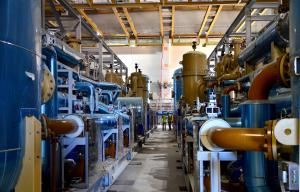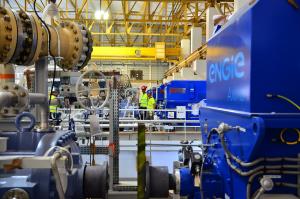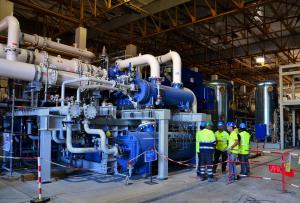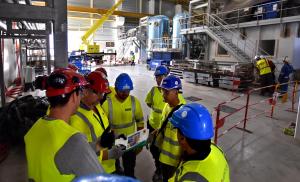Filled from floor to ceiling
The ITER cryoplant used to be a vast echoey chamber with 5,400 m² of interior space divided into two areas; now, it is filled from floor to ceiling with industrial equipment. Three parties are sharing responsibility for the plant's procurement: the ITER Organization, responsible for the liquid helium plants; Europe, in charge of the liquid nitrogen plant and auxiliary systems as well as the construction of the cryoplant infrastructure on site; and India, whose contractors are procuring the cryolines and cryodistribution components.





